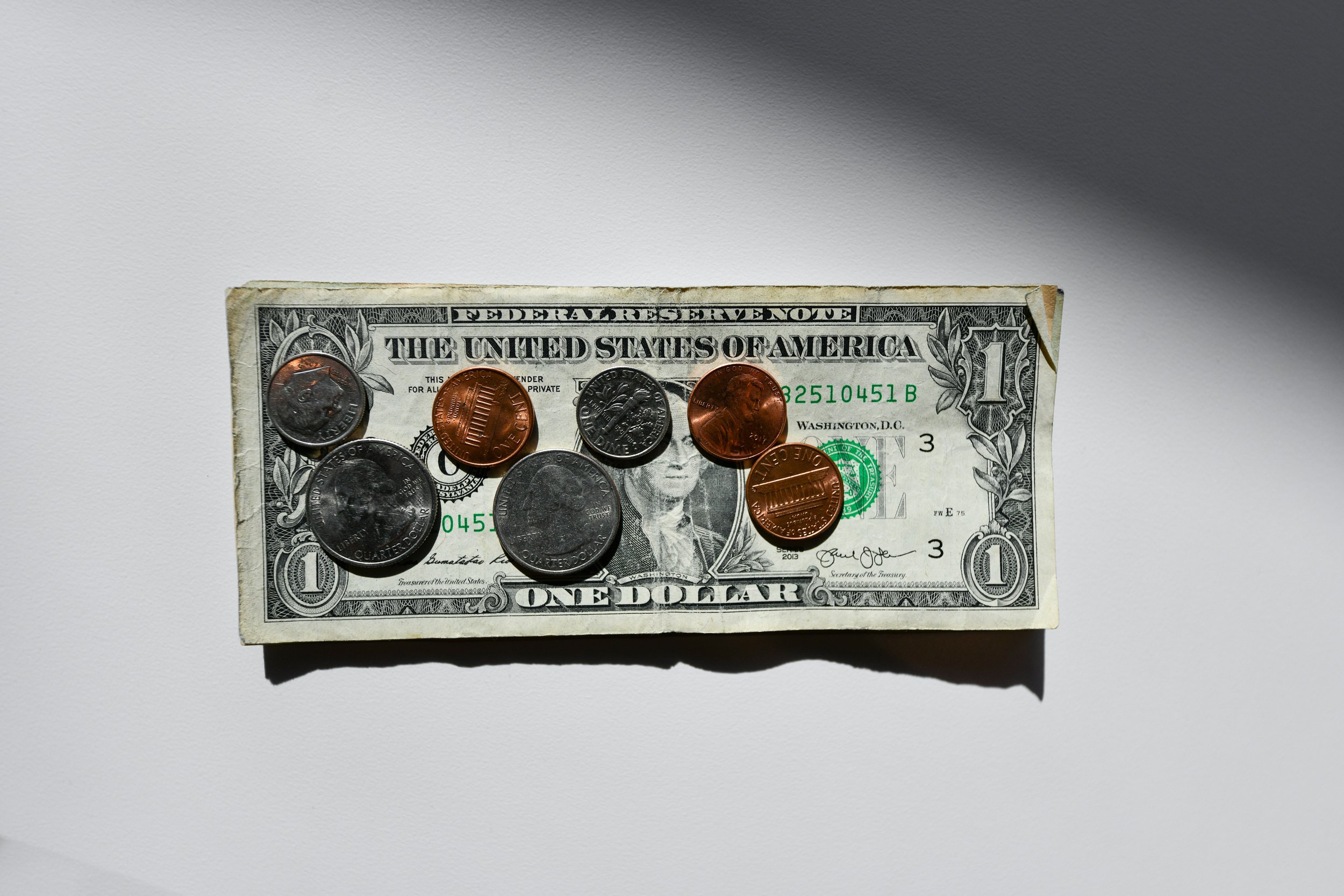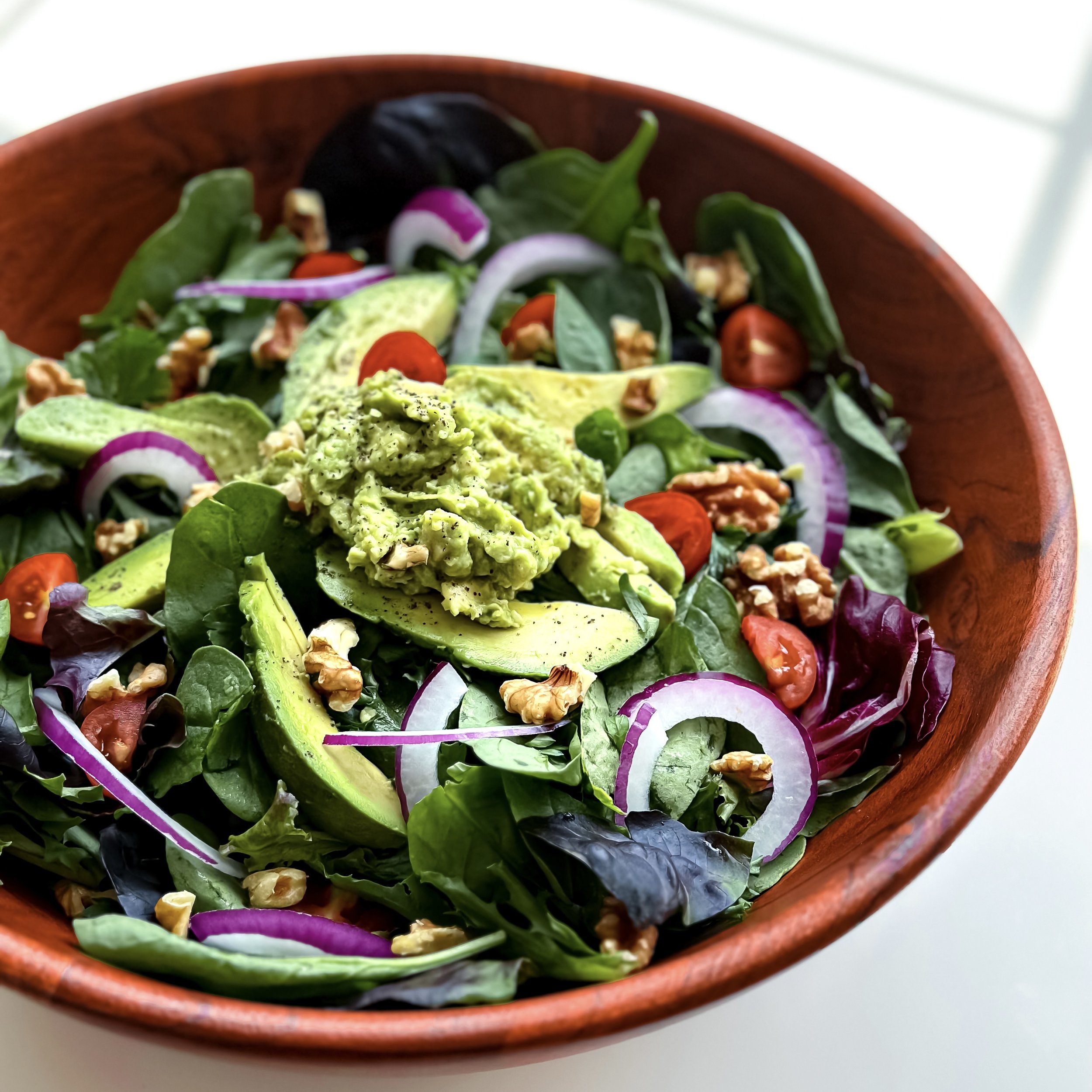You Can Actually Eat Better on a Budget Than You Think—No Kidding
Eating well without breaking the bank isn't a myth.
BY STAFF @the Brimly Test KitchenAugust 23, 2023

Image Source/Photo by Kenny Eliason
5 minute ReadINFO GUIDEIN-DEPTH READobjective ViewLet's face it: "budget" and "healthy eating" don't often go hand in hand. It's a common belief that the healthier the food, the heftier the price tag. But what if we told you this doesn't have to be the case?
Yes, you read that right. Eating better on a budget isn't a myth or a secret known only to nutritionists. It's a reality that's easier to achieve than you might think! You don't need to win the lottery to afford nutritious meals. Nor do you need to sacrifice taste or satisfaction to save money. All it takes is a little planning, a dash of creativity, and a sprinkle of willingness to try something new.
The Misconception:
Let's address the elephant in the room: the deep-rooted misconception that healthy eating is synonymous with expensive eating. Many people associate nutritious foods—fresh fruits and vegetables, whole grains, lean proteins—with a high price tag. This association is reinforced by the seemingly excessive prices of organic products and specialty health foods. But the truth is, these are not the only options when it comes to eating healthily.
The Reality:
Eating nutrient-dense foods doesn't necessarily mean you have to spend more. The key is understanding that there are budget-friendly options that are just as nutritious. Take, for example, canned or frozen fruits and vegetables. They are often just as nutritious as their fresh counterparts and can be significantly cheaper, especially when purchased in larger quantities or when the fresh version is out of season. Brown rice, oats, lentils, and canned tuna are all examples of inexpensive, nutrient-dense foods.
Practical Tips for Eating Healthy on a Budget
Plan Your Meals. Planning your meals for the week can help you avoid impulse purchases and prevent food waste, which can save you money. Start by checking what you already have in your pantry and fridge. Then, plan your meals around these items, filling in the gaps with a targeted grocery list.
Cook at Home. Eating out or ordering takeout can be convenient. Still, it's typically more expensive and less healthy than a home-cooked meal. Cooking at home gives you control over the ingredients and portion sizes, allowing you to make healthier choices and save money.
Buy in Bulk and Batch Cook. Purchasing non-perishable items in bulk can offer significant savings over time. Similarly, cooking large batches of meals and freezing portions for later can save both time and money.
Choose Seasonal and Local Produce. Seasonal fruits and vegetables are typically cheaper and fresher than out-of-season produce, which often has to be imported. Buying from local farmers or markets can also be a cost-effective way to get high-quality, fresh produce.
Be Creative with Leftovers. Rather than tossing leftovers, get creative and repurpose them into new meals. Leftover roasted vegetables can be used in a frittata or soup. Leftover chicken can be shredded for tacos or salads.
Our round-up is:
Eating better on a budget is not only possible, it's simpler than you think. With some planning, creativity, and smart shopping, you can enjoy nutritious, delicious meals without breaking the bank. So, let's challenge the belief that healthy eating is expensive and embrace the reality that we can eat well and spend less. After all, our health and our wallets deserve it!
Remember, "The greatest wealth is health." So, let's invest wisely and remember that investing in our health doesn't have to cost a fortune. No kidding!
Spinach and Avocado Walnut Salad
This salad has become a staple in the test kitchen and for good reason.
view:









